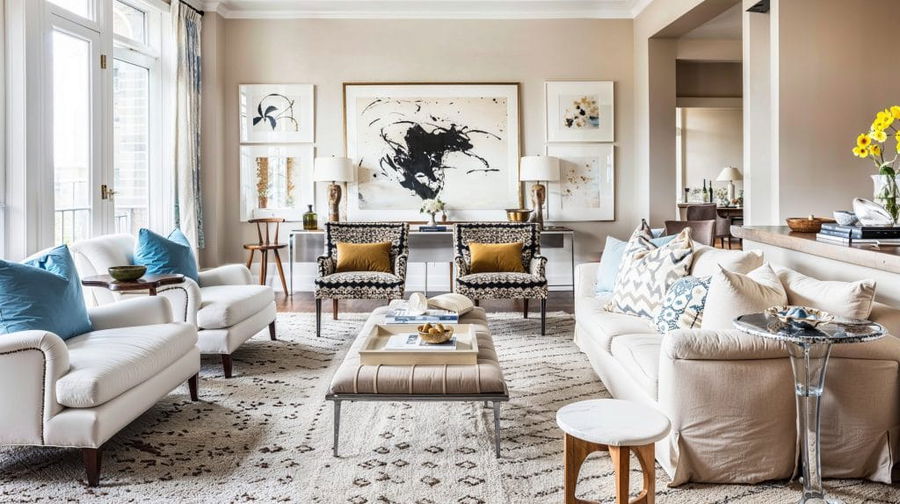
What makes a home feel less decorated and more lived in? Often, it’s the presence of original art that doesn’t just fill a space but resists it slightly, creating tension, pause, or memory. Unlike mass prints, original pieces carry weight, and how you choose and place them can shift the entire rhythm of a room.
Quick Tips for Hanging Your Original Art Right
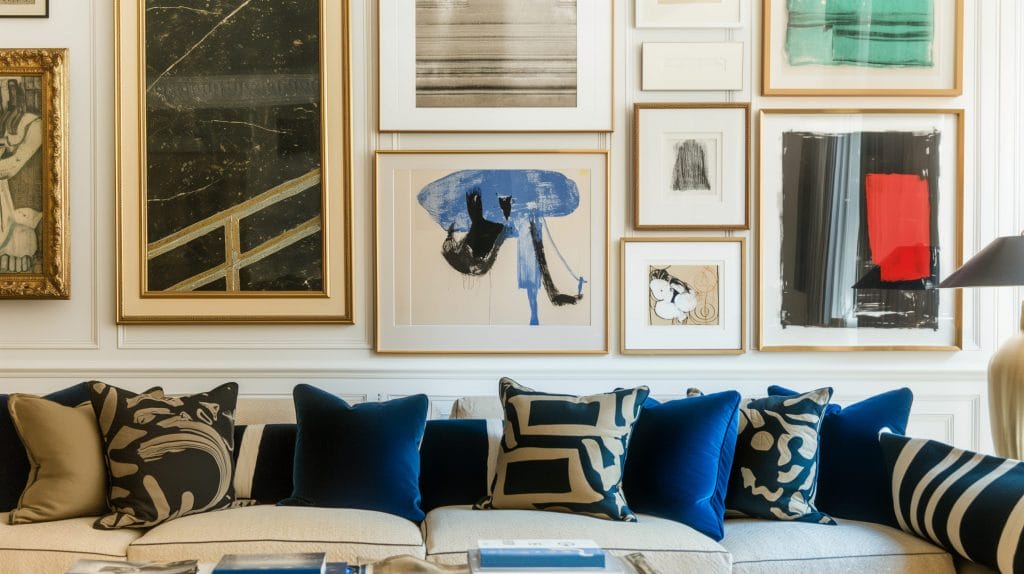
Choosing a perfect art piece is equally important as hanging it right. Realistic renderings that come with your interior design solution can help you get the walls looking like your Pinterest pages. Your designer can also provide a drawing with the exact measurements for you or your contractor to use. Nevertheless, here are our top tips on hanging art:
- Measure before you hammer. Remember to measure from the fitting attachment or cord on the back and not from the top of the frame.
- Use a hammer and nails to attach light art pieces and a drill and wall anchors for heavier pieces like a relief.
- Super light artwork can stay up with adhesive hooks; these also work well on tile and ceramic surfaces.
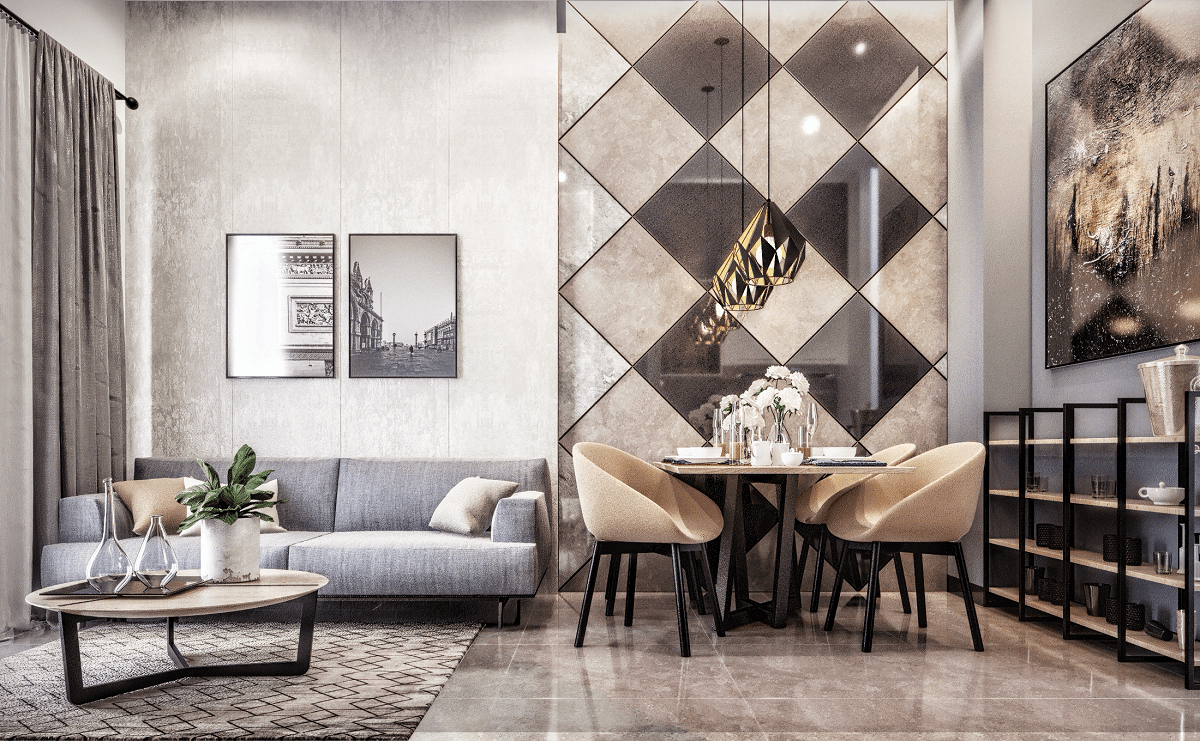
- If you’re hanging only one piece, it’s a good idea to hang it central to the wall. However, consider also the furniture in the room. If the sofa or sideboard underneath the painting is off-center to the wall, then the painting should be off-center, too.
- Eye-level (approximately 57 inches from the ground) is the ideal height for art, but if you’re creating a gallery wall, make sure that is where the horizontal centreline of the gallery wall hits.
Pro Tip: Not sure how to match original art with room design? Try our Free Interior Design Style Quiz to discover your ideal style today!
How to Incorporate Original Art Into Your Rooms

Art in interior design doesn’t just fill a wall. It can slow down a room, pull focus, or shift the mood entirely. The trick is not matching it to the space, but letting it complicate things just enough.
Now, how to choose art for your home this way? The contemporary approach is simply to follow a theme. Luckily, many artists have paintings for sale that form part of a series that can be hung together to create the look.
1) BIG Basics

A big statement piece is perfect if your home has sufficient wall space. The reason behind big wall, big art is that bigger art pieces can crowd a small space and make it feel like it has been squeezed in. If you do have a compact interior and want to have large artwork, then keep it minimalist not to overcrowd the available space: simplicity in home furnishings gives you the freedom to add large-scale artwork.
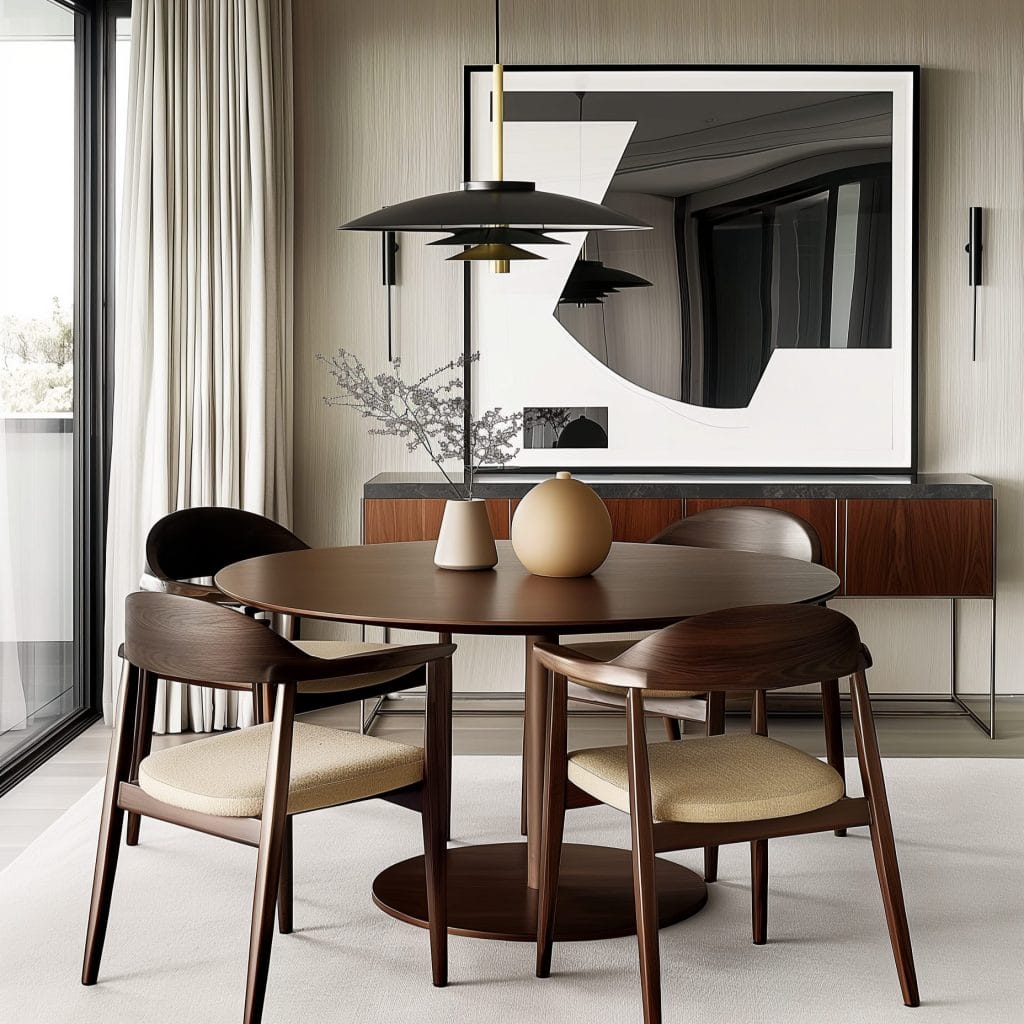
Oversized work changes the spatial logic of a room. The rest of the wall becomes negative space, which matters just as much. If the art is bold, the room doesn’t need to match it in volume—let silence do some of the work.
2) Think 1, 2, 3

If you’re not great at creating or sticking to a theme, opt for diptychs, triptychs, or series art. A diptych is an artwork that is split into two sections, and a triptych is divided into three. These sections are often hinged together and may be carved or painted. Oversized pieces can even act as room a room divider, which is most certainly an impressive way to show off original art.

Triptychs behave like rhythm—one, two, pause. They let your eye move through space with intention instead of being snagged by a single focal point. And unlike singular artworks, they offer a kind of seriality that feels cinematic—cut, frame, cut again.
3) Gallery Wall
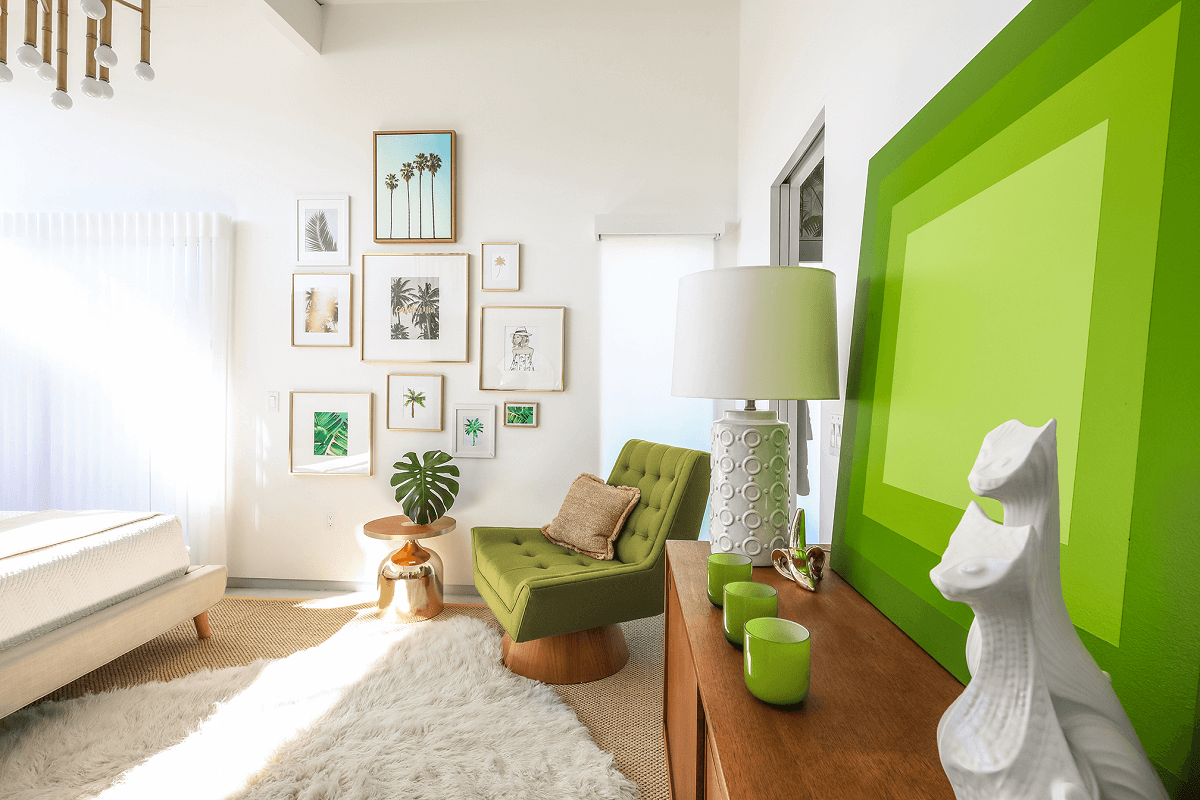
The gallery wall has populated so much contemporary media that it’s become hard not to think about when discussing art in interior design. A gallery wall done right is a beautiful sight to behold. Creating a gallery wall is not difficult; you only have to stick to what suits your personality and home.
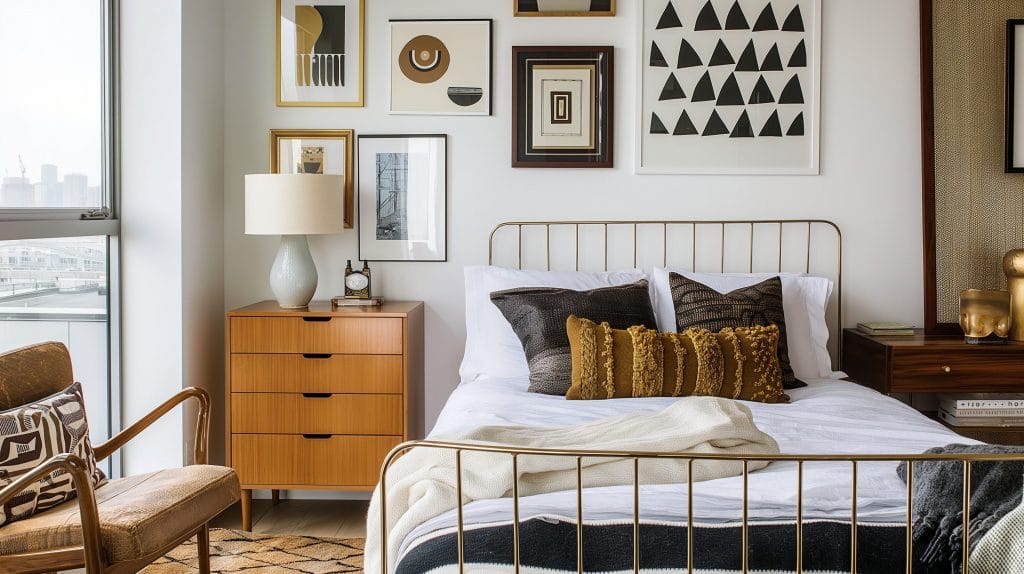
If you’re going for quantity, keep an eye open for “paintings for sale” boards or go thrift shopping! Once you have what you need, check out our super helpful tips when setting up your fabulous feature gallery wall.
4) Hold your Hanging Horses
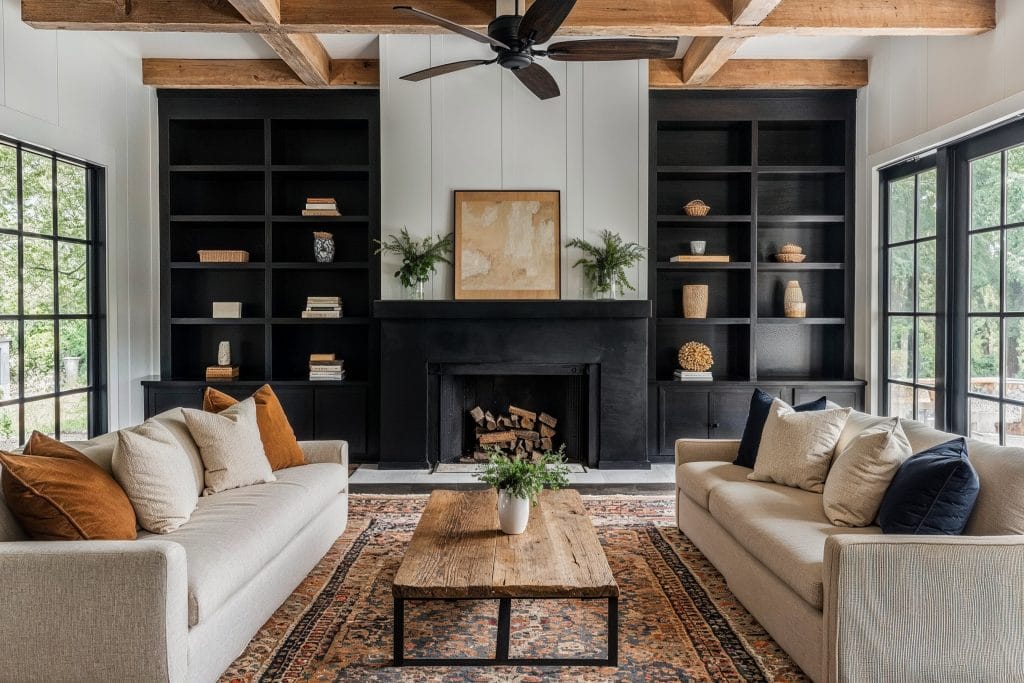
Amazing art doesn’t have to hang from walls! Any open surface in your home can accommodate art; the floor, mantelpiece, and open shelves are some of our favorites. Avoid having too many paintings together so that you don’t clutter the hero piece.
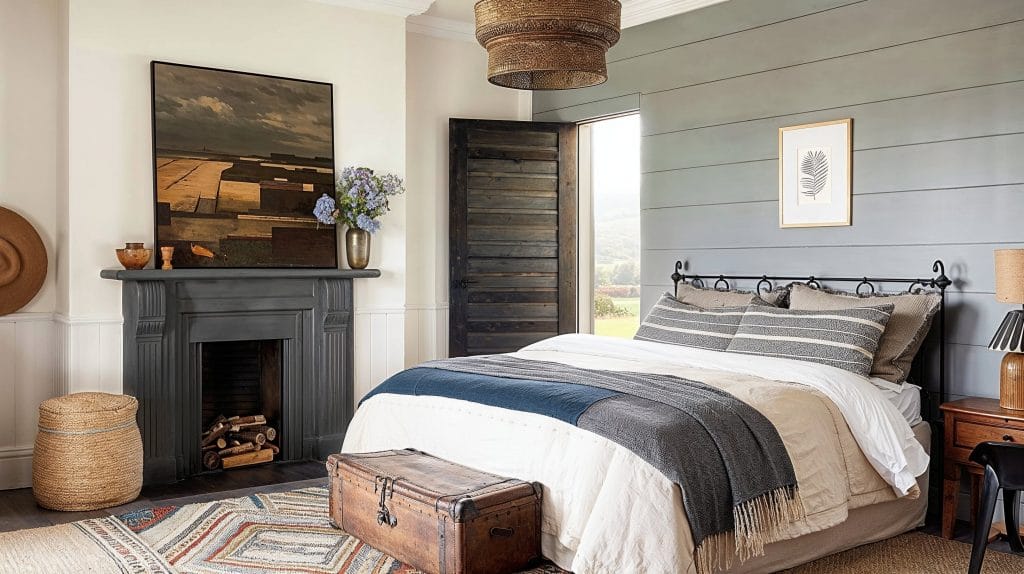
Try leaning your original art behind books or lamps—partially obscured art is often more intriguing. However, art on a mantle isn’t décor; don’t accessorize it like a vignette. Leave space for it to be misunderstood.
5) The Sculptural Stand
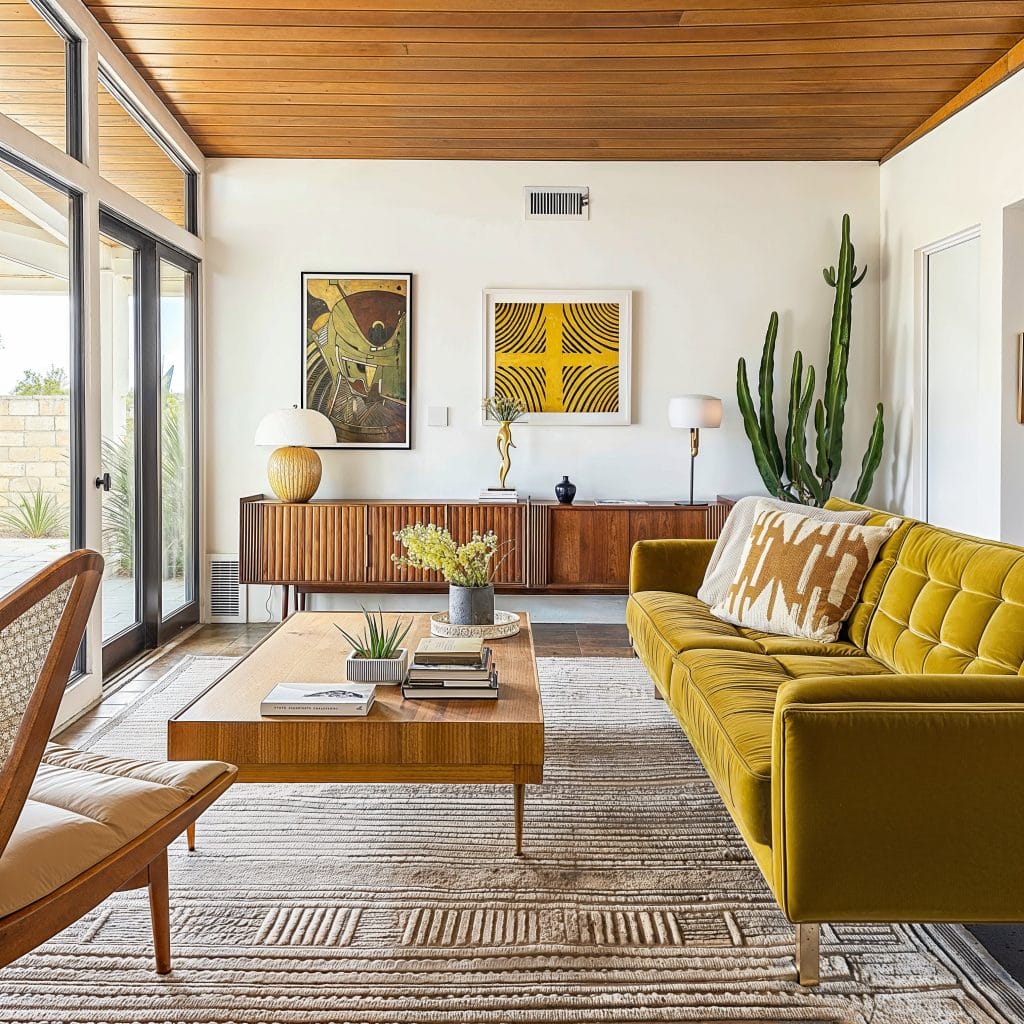
Draw focus inward and away from the walls with magnificent sculptures. Sculptures can also fit the abstract art scope, which is great if you’re looking for contemporary art for sale. Innovative design has made sculptural elements accessible through furniture that double up as original art pieces.
Freestanding sculptures are impressive and don’t have to stand on the floor. Smaller items can make a great table centerpiece, while contemporary sculptural lighting can be airily suspended out of the way.
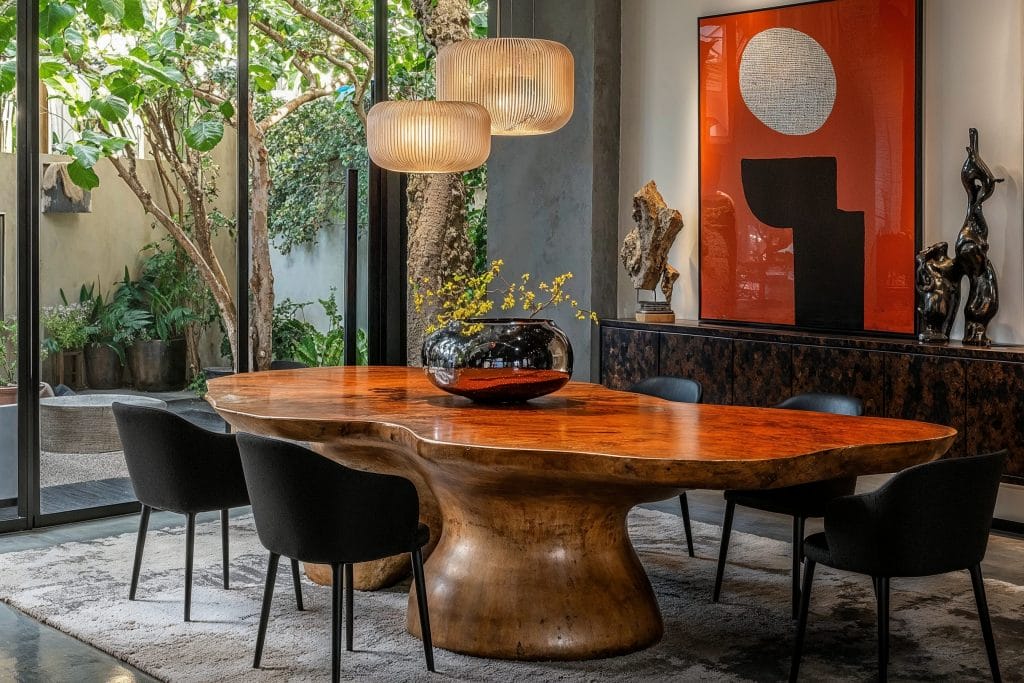
Weight matters—heavy materials make their presence known without being large. Try mixing high-gloss with matte, or carved wood with cast resin. Avoid pairing sculpture with sculpture unless you want the space to start feeling like a showroom.
6) Textural Bliss of Reliefs
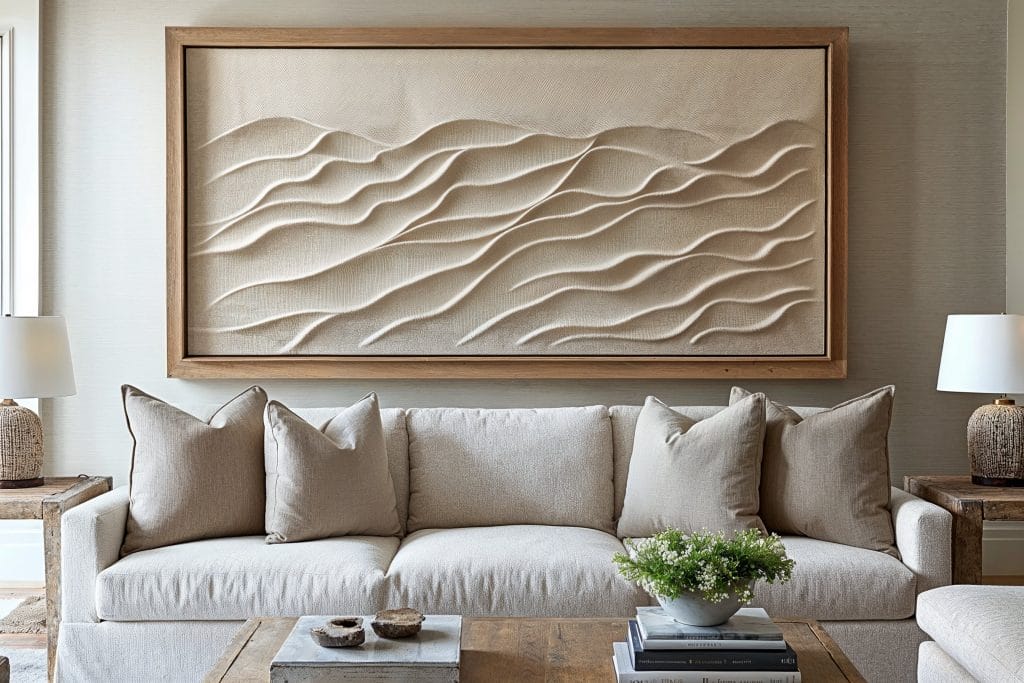
Get the best of both worlds with suspended reliefs! A relief is a carving art form that is sculptural, but it can also be incorporated into furniture or hung on a wall like a painting, ultimately making a relief a 3D painting. These pieces are a welcome addition to homes that have a historic atmosphere as well as to modern neutral minimalist interiors.
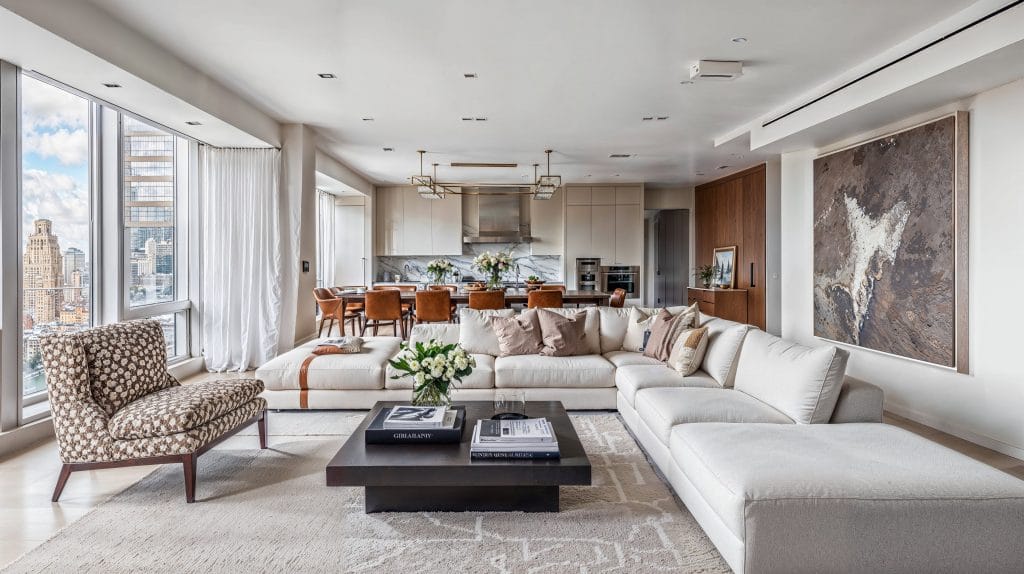
Reliefs invite shadows, so light them from an angle, not head-on. They work particularly well in transitional spaces: corridors, thresholds, and hallways. Think of them as pauses in the rhythm of the walls instead of additions.
7) Wrapped Canvas

When you’re ready to buy original art, look for pieces that are stretched canvas over a frame or mounted on MDF, which makes it easier to hang on the wall.
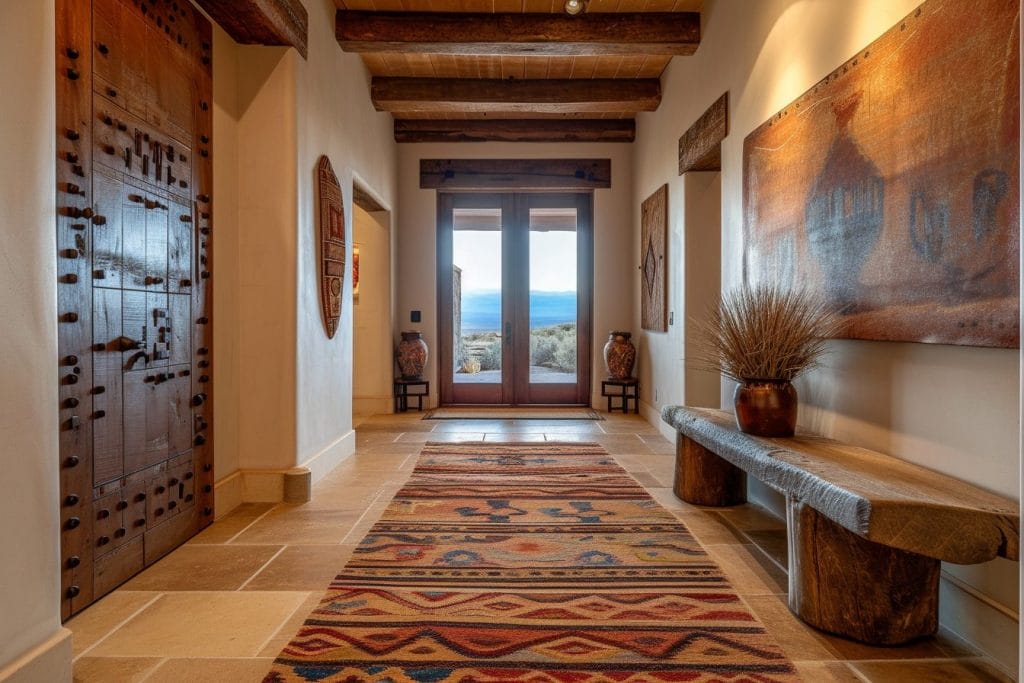
Wrapped canvas offers immediacy—no glare, no glass. The edge treatment also matters: finished sides can be left visible for a contemporary feel. Don’t force a frame onto it unless the piece asks for one.
8) Individualized Art
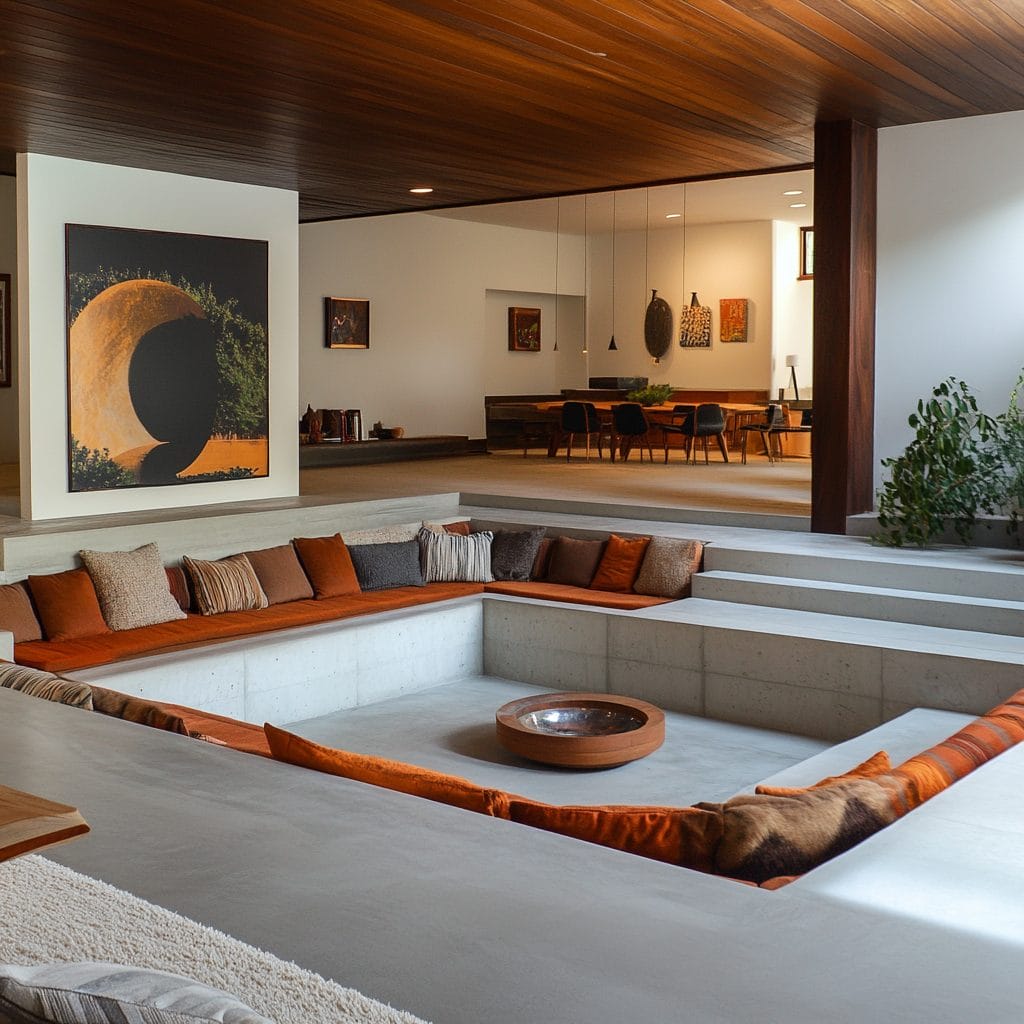
If you can’t find something that speaks to you, commission artwork from an artist that you love. There are many online resources that offer paintings for sale like Artfinder, which enable you to order and buy art online that will suit your home!
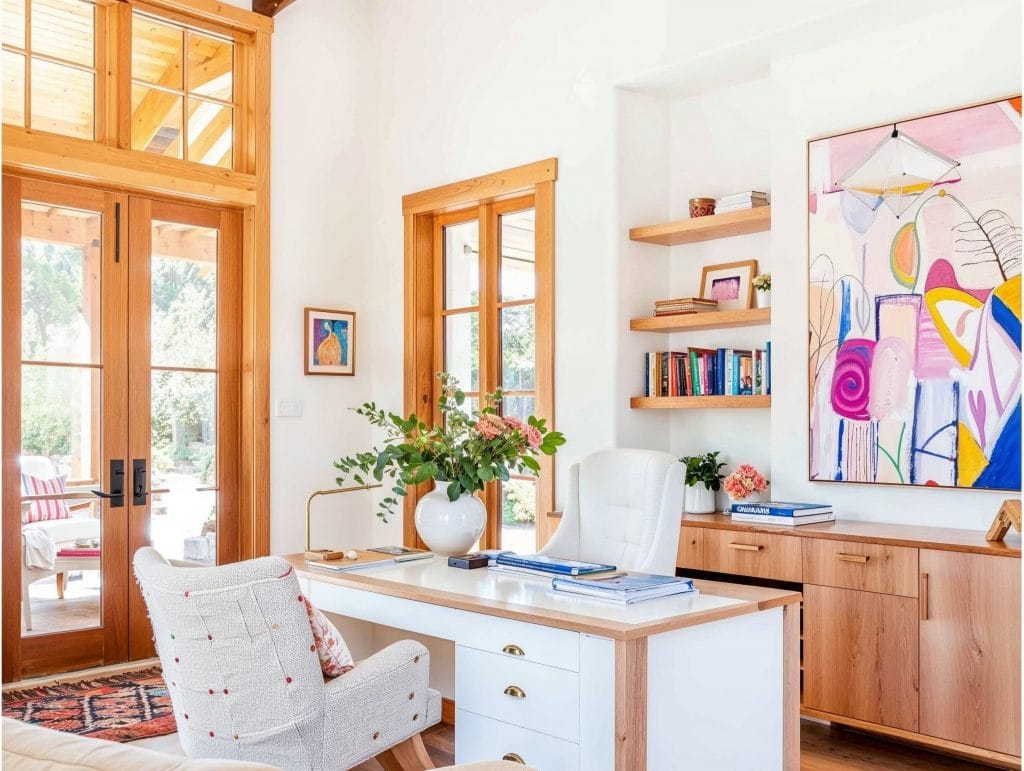
A commissioned piece forces you to articulate your aesthetic before you even see it. It can be collaborative, but that is not an invitation to micromanage—artists don’t paint from checklists. And once it arrives, live with it before deciding where it belongs; it may not land where you originally wanted.
9) Exquisite Ceramics

If paintings, sculptures or excessive decoration are not your style, then consider ceramics to beautify your home. Ceramics and clay items are often both functional and lovely to look at.
Replace plain crockery with handcrafted bowls, plates, and cups, then prop them up on floating shelves. Large vases can also act as freestanding décor on the floor in the living room, while smaller decorative vases can suit any area of the house.
10) Make the Frame Part of the Work
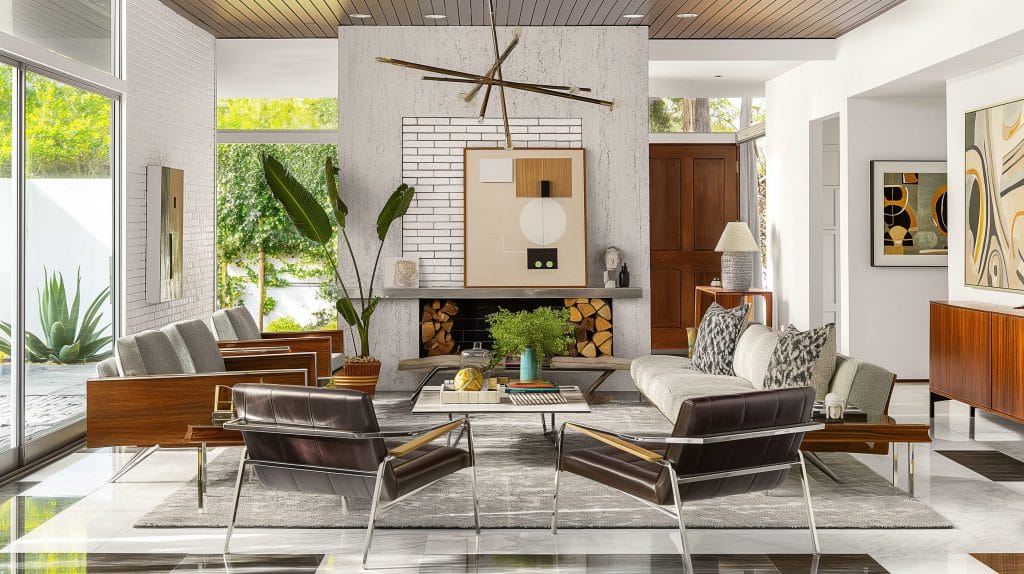
Framing rewrites the art in context. Float mounting, shadow-boxing, raw edges—each tells a different story. Choose frames like you’d choose collaborators: they should contrast or complicate, not just match. Cheap frames flatten good work, so if you can’t frame it properly yet, don’t frame it at all. Sometimes, bare edges are more honest than a perfect border.

Frames can also anchor a piece in time: ornate gilded wood adds age, while thin metal pushes it forward. A mismatched frame can shift meaning entirely. Don’t think of framing as finishing; think of it as an extension of the art piece, a final brushstroke made in wood or glass.
Ready to incorporate original art into an equally original interior?
This is where professional interior designers excel. Book your Free Online Interior Design Consultation to get started today!











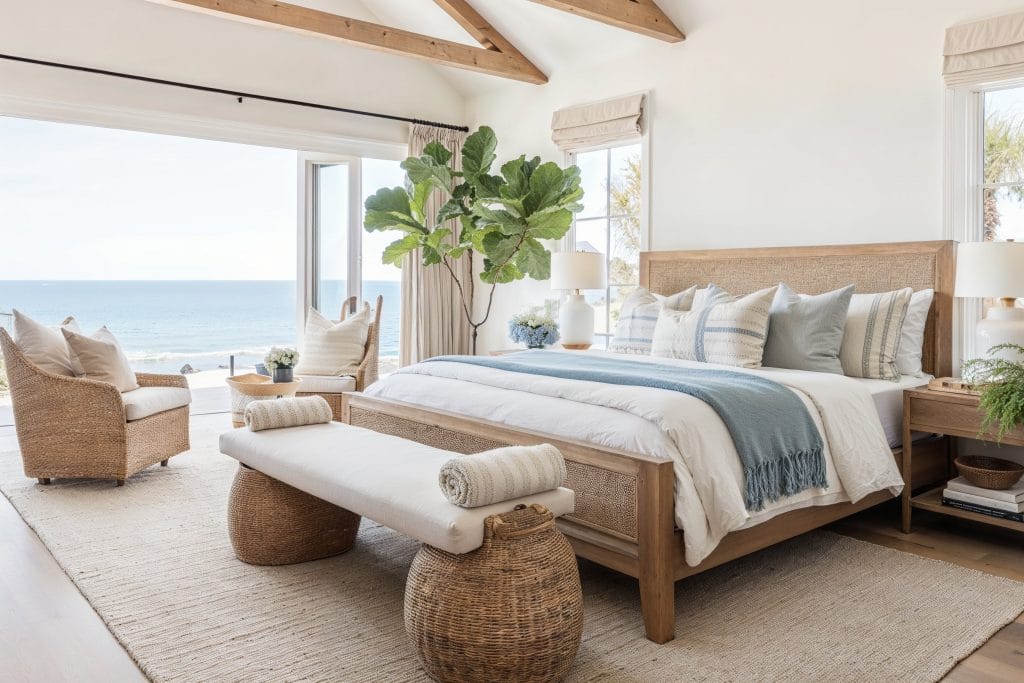
Comments